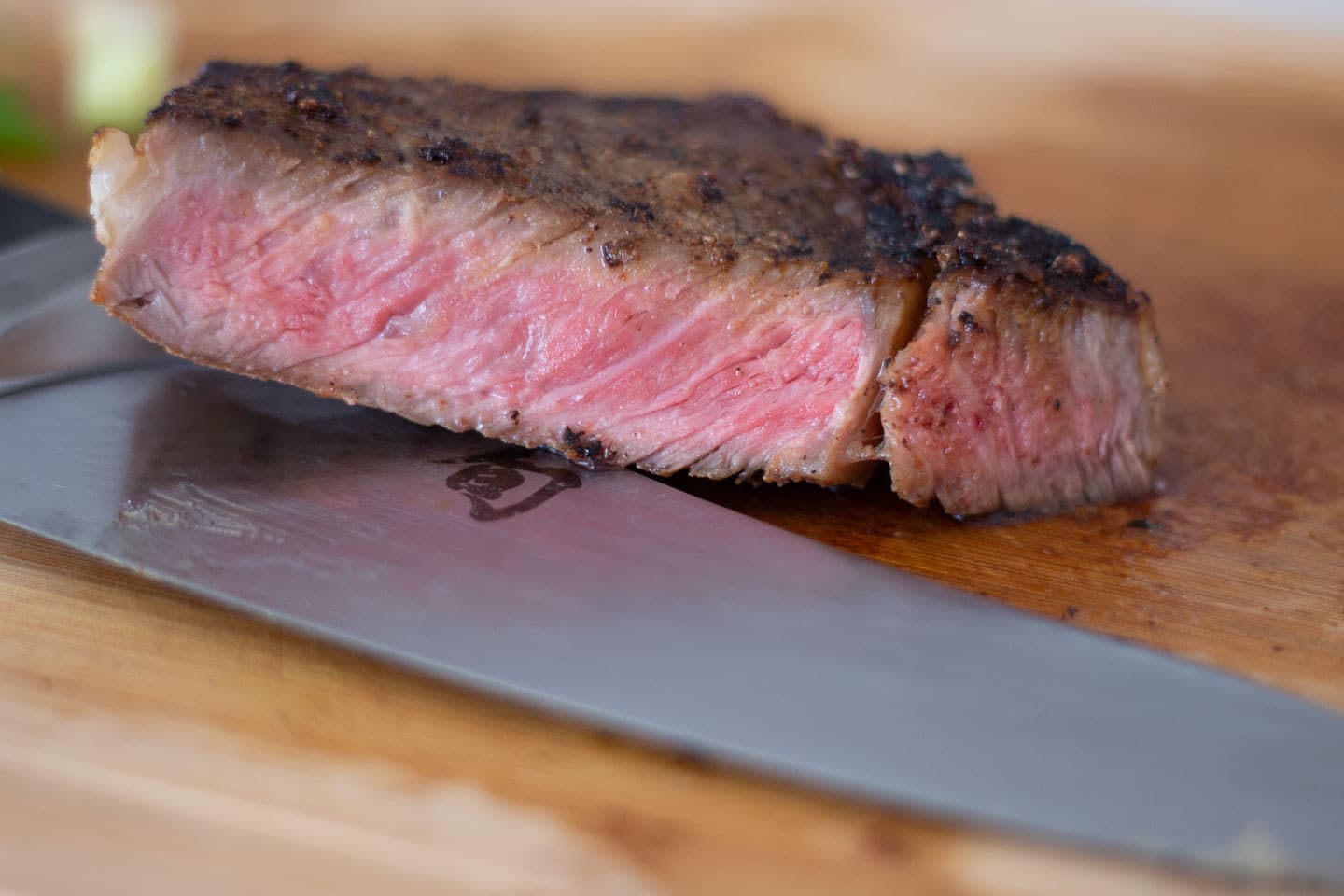Reverse Searing: Not Just for Steak
Meat prices are rising, and realistically, most people cannot afford to eat a ribeye twice a day, no matter how effective they are for the gains. I cannot speak for countries other than the US, but American groceries are getting more expensive week by week.
If gloomier clouds loom for supply chains, groceries, and our wallets, then we can at least look for a silver lining. Many of the world’s most beloved recipes (particularly comfort foods) were born from deprivation of some kind. Sometimes constraints can make us more creative.
In my neighborhood, pork remains inexpensive. Pork isn’t steak, but what if it were possible to treat it like a steak? This week’s recipe elevates a humble pork tenderloin (usually found for $2-3/lb at my local Costco) to a dinner worthy of a Sunday meal. Best of all, it’s almost impossible to mess up as long as you have a meat thermometer.
Reverse-Seared Pork Tenderloin (Serves 4)
I’ll give the recipe developed by America’s Test Kitchen in Meat Illustrated, but give ome personal notes as well.
Equipment
- 12″ skillet
- wire baking rack
- rimmed baking sheet
- Meat tenderizer
Ingredients
- 2 (1 lb) pork tenderloins
- 1 tsp salt
- pepper to taste
- 2 tbsp cooking oil, bacon grease, lard, or ghee
Instructions
- Put the oven rack on the middle position and set the oven temperature to 275F.
- Pound each tenderloin to 1 inch thickness down the length. I recommend putting a sheet of plastic wrap over the meat to avoid splatters, and patting the tenderloins dry before pounding.
- Cut each tenderloin in half cross-wise, if you like. It’ll make it easier to fit them in the skillet later, but it’s not ultimately necessary.
- Sprinkle each tenderloin with 1/2 tsp. salt and pepper to taste.
- Grease the wire rack, set it in the rimmed baking sheet, then set the pork on the wire rack. Place in the oven and cook until the meat registers 137F-140F (about 25-35 minutes.) At this step, I aimed for 140F. If you do check the temperature early and it’s not up to the correct reading, don’t check again for at least another 5 minutes. Each time you open the oven, you lose between 50-100 degrees of heat.
- At this point, Meat Illustrated has you pull the pork and rest it for 10 minutes before searing. I moved the rest to the very end, and immediately moved to searing, with great results.
- Melt your cooking fat in a 12″ skillet over medium-high heat until just before the smoke point. Sear the tenderloins until well-browned on both sides, flipping every 2 minutes. You should only need to sear each side 1-2 times.
- Transfer steaks to a carving board and let them rest 10 minutes.
- While the steaks are resting, I like to make one of the same butter toppings I use for steaks. Pork and sage go very well together, so cook some chopped sage and salt in butter for a delicious topping.
- Slice the pork thinly against the grain and serve.
Notes
- Check out the buttery steak toppings article for more topping ideas.
- For sides, I found a green salad and sliced apples make a satisfying match. You could even choose to top the pork with applesauce (bonus points if homemade) and the sage butter.
- You don’t have to brine or salt the pork prior to doing this, so this makes a great weeknight dinner as well.











